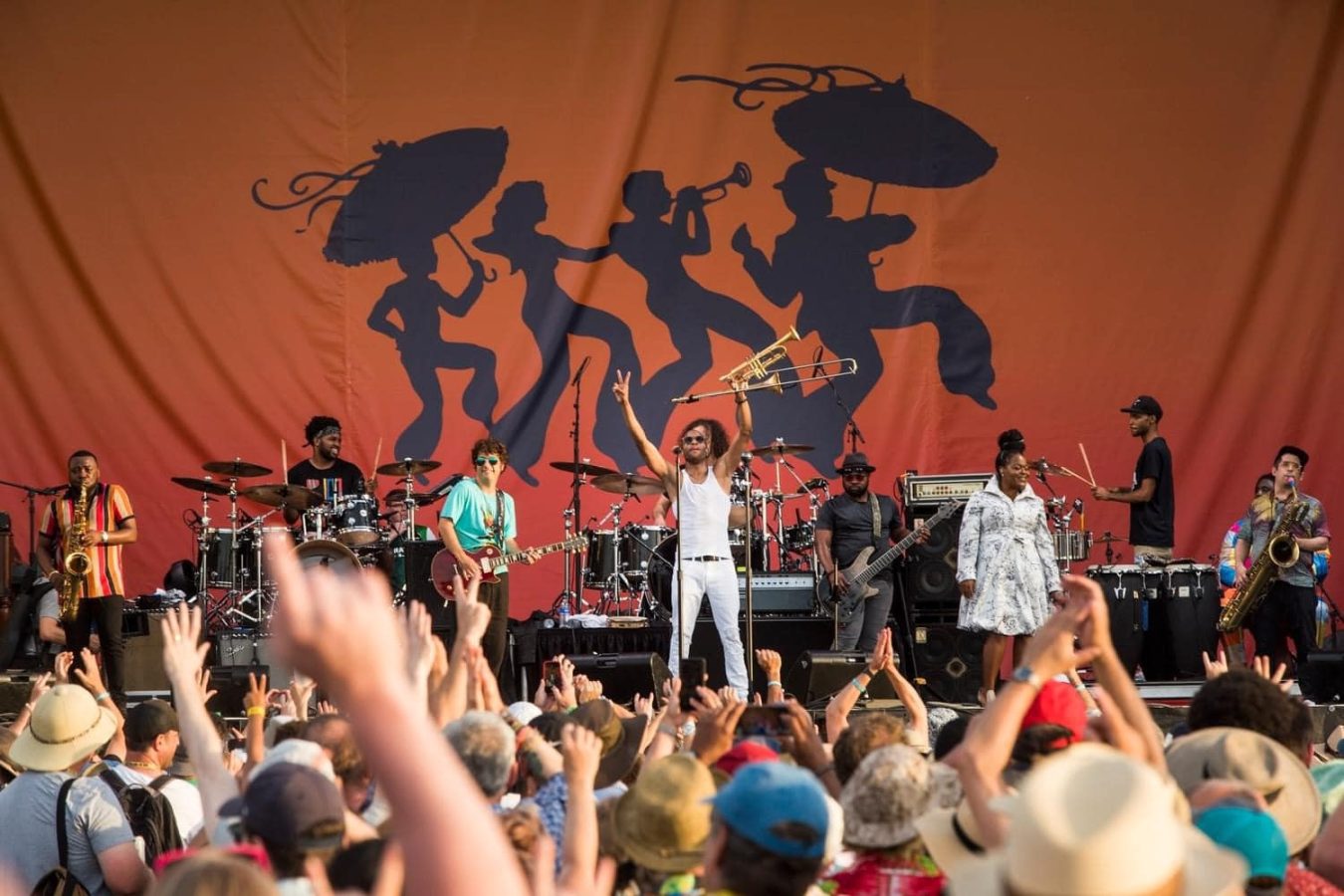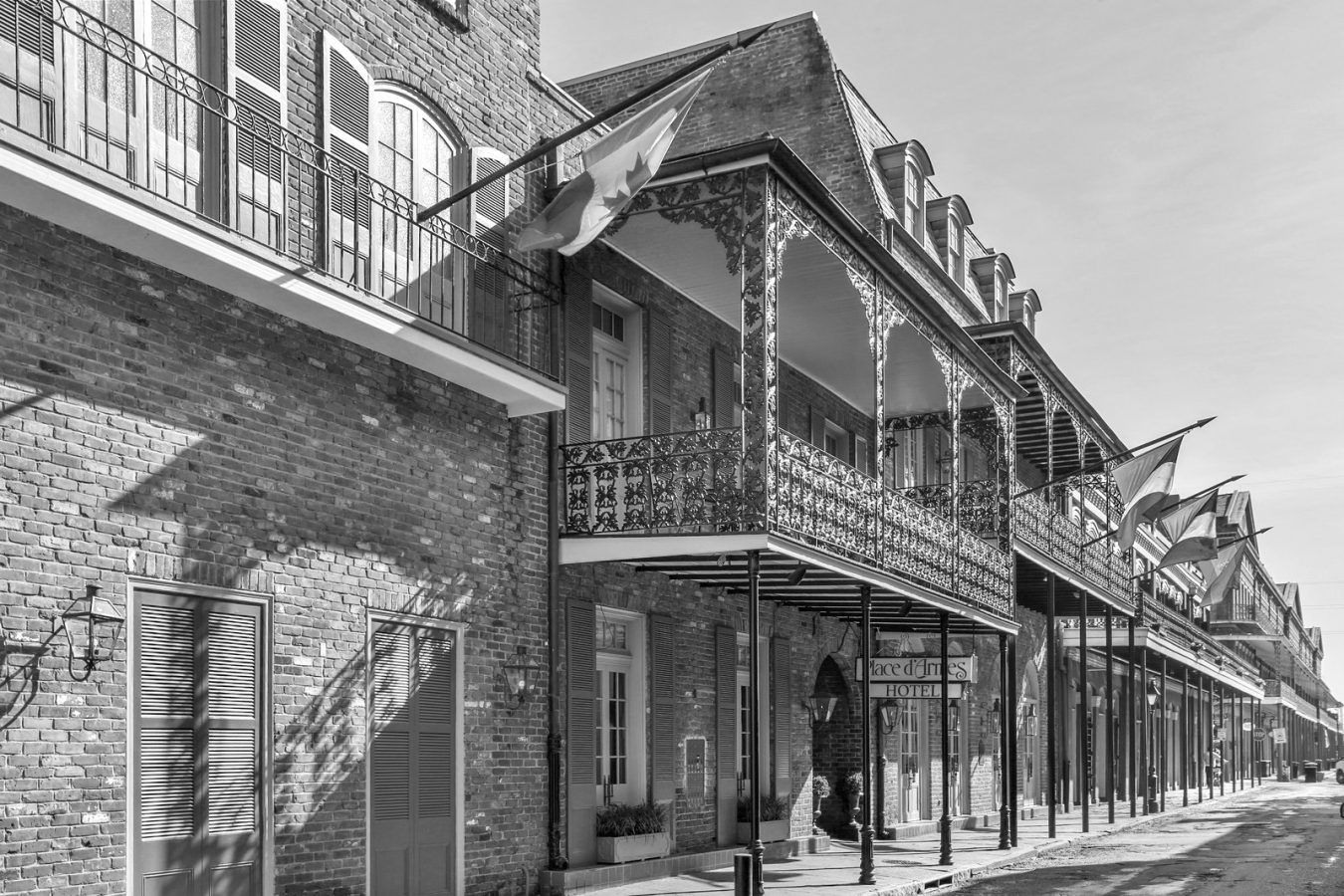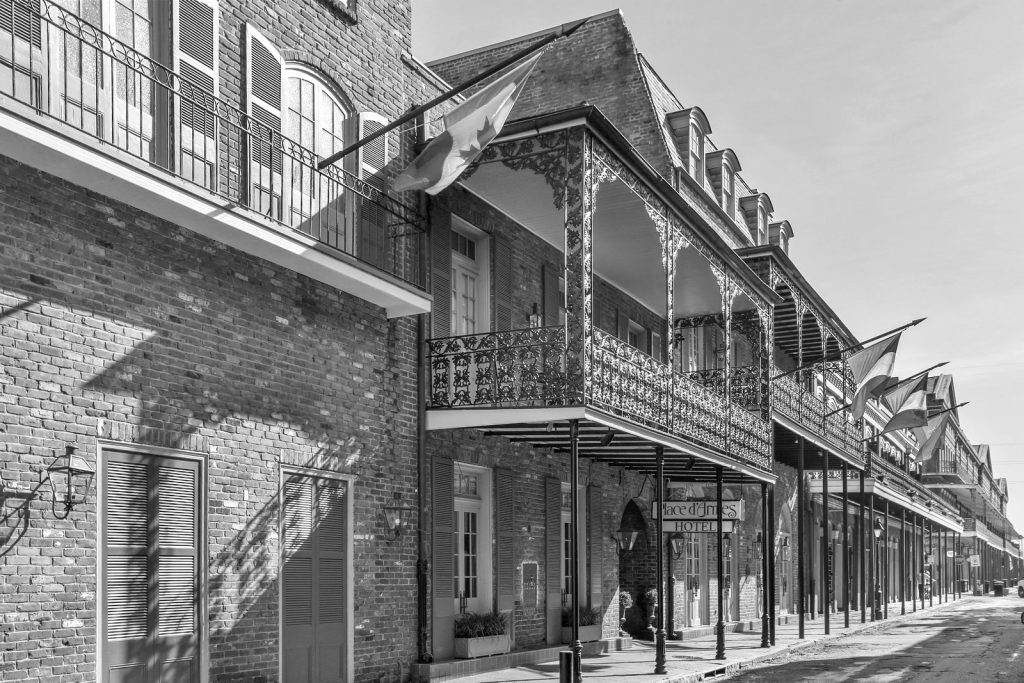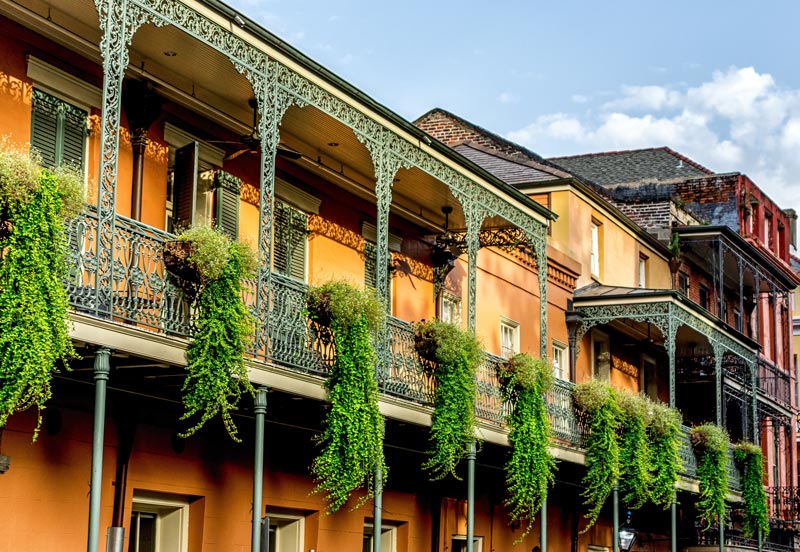Making the Most of Jazz Fest 2024
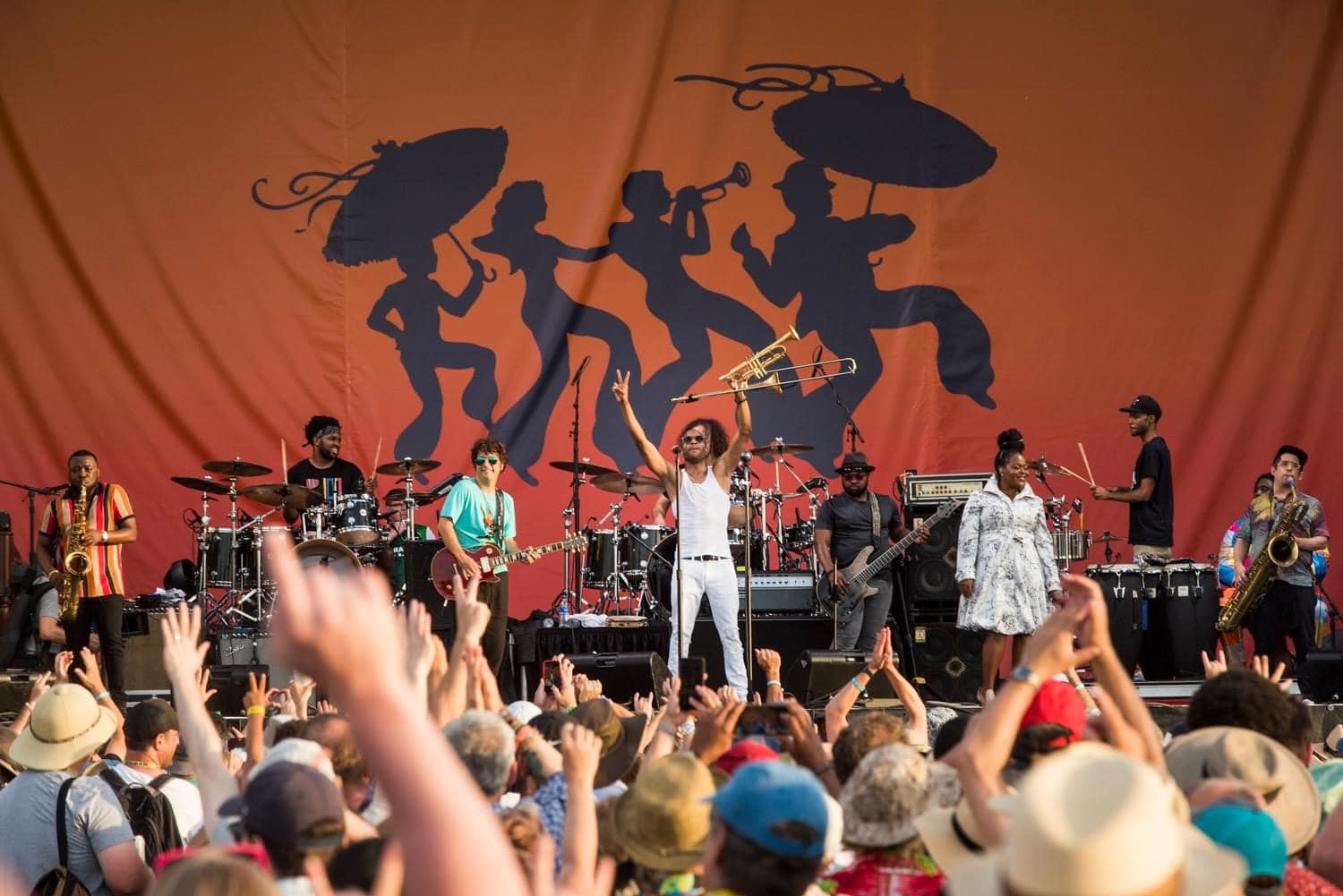
Photo courtesy of New Orleans Jazz Fest 2024 on Facebook
It’s almost that time of year again — time to sip the iced tea, snack on crawfish Monica, and sway to the music of local and international musicians under the hot New Orleans sun. The New Orleans Jazz and Heritage Festival, or Jazz Fest, is one of the most celebrated festivals in New Orleans and takes place every year during the last weekend of April and the first weekend in May. Jazz Fest has been around since 1970 and gets bigger and better every year.
During these two weekends, locals and out-of-towners get together to enjoy the culture of New Orleans with the various food, crafts, and performances that Jazz Fest has to offer. Contrary to the name, the New Orleans Jazz and Heritage Festival is more than just jazz music.
Various musical genres like hip-hop, zydeco, blues, tribal, and electronic music can all be heard live from Jazz Fest’s multiple stages. This year the New Orleans Jazz and Heritage Festival will take place at its usual spot on the Fair Grounds Race Course & Slots (1751 Gentilly Blvd.) starting on Thursday, April 25, and ending on Sunday, May 5, 2024.
Some of the top headliners for the festival include The Rolling Stones, Foo Fighters, Queen Latifah, Heart, The Beach Boys, Jon Batiste, Neil Young Crazy Horse, The Killers, Trombone Shorty & Orleans Avenue, Bonnie Raitt, Earth, Wind & Fire, and hundreds more. The music schedule is broken down by day in cubes with times for all the acts, which you can view here.
Of course, one of the best parts of Jazz Fest is the food. Some staples for food include Crawfish Monica, mango freezes, ya-ka-mein, snoballs, poboys, and much more. Here’s the list of 2024 food vendors.
The 2024 Jazz Fest
- Jazz Fest expanded to eight days this year, adding the opening day of Thursday, April 25, to the schedule.
- Jazz Fest went cashless last year, and remains so. Ticket, food, beverage, craft, and merchandise booths no longer accept cash payments. If you come to the event with only cash, the Festival will offer two cash exchange booths near key vending locations so you can get a prepaid card for your cash.
- This year, Jazz Fest features over 5,000 musicians across 14 stages.
- The festival will be the largest one in its 53-year history. Eight is the most number of days for the event, and this year there will be the most food vendors and food items ever. And there also will be 260 art and craft vendors, the highest number ever.
- Single-day tickets are $95 through April 24 and $105 at the gate. Tickets for children ages 2-10 are $5 at the gate.
- “Locals Thursday” will be April 25 this year, with tickets at $50 for Louisiana residents.
- This year Jazz Fest is introducing a 4-day GA+ weekend pass with access to an exclusive GA+ lounge with private restrooms, a full-service bar, and a shaded area to relax.
- Tickets for Thursday, May 2, the day topped by The Rolling Stones, are sold out, including multiple-day passes.
- The Rolling Stones headline Thursday, May 2, at 5 p.m. That day of the festival will operate normally until about 3:30 p.m. Then, when the Stones go on at 5 p.m., they’ll be the only band playing on the Fair Grounds.
- Besides The Rolling Stones, the lineup includes Foo Fighters, Queen Latifah, Heart, The Beach Boys, Jon Batiste, Neil Young Crazy Horse, The Killers, Trombone Shorty & Orleans Avenue, Bonnie Raitt, Earth, Wind & Fire, and hundreds more.
- This year, Jazz Fest will celebrate Colombia’s musical and cultural diversity at the Expedia Cultural Exchange Pavilion. During the festival, 17 bands and a wide variety of artisans from throughout Colombia will present their sounds and traditions.
- The Jazz & Heritage Gala kicks off Jazz Fest with the celebration of Louisiana music and cuisine on April 24 at Generations Hall (310 Andrew Higgins Blvd.).
Are You Coming to Jazz Fest?
We’d love for you to stay with us! Take advantage of our specials, group rates, and best-rate guarantee for greater savings to spend on New Orleans famous cuisine and enjoy everything this magnificent city has to offer. Reserve your room today!
Also, consider booking a guided tour of the famous St. Louis Cemetery No. 1 to experience the hauntingly beautiful past of New Orleans. And, for easy, informative sightseeing, we recommend the City Sightseeing New Orleans city tour on the open-top, double-decker bus. It runs every 30 minutes through the Garden District, French Quarter, and CBD. You can hop on and off anytime!

